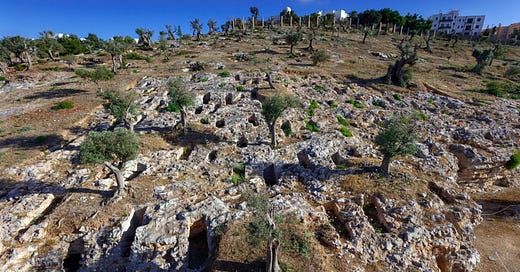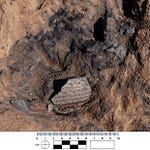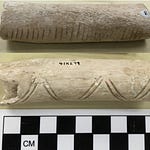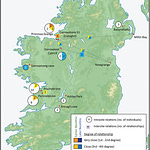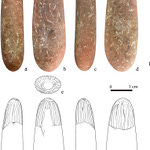The Myth of the Migrating Phoenician
In classical texts, the Phoenicians are seafaring masterminds—shipbuilders, traders, and creators of the world’s first alphabet. Their imprint stretched from their Levantine heartland across the Mediterranean: Tunisia, Sicily, Sardinia, even Iberia. When Carthage rose to power in the first millennium BCE, it carried the banner of this civilization to new imperial heights.

But new genetic evidence is forcing a rethink of what it meant to be Phoenician—or more precisely, Punic.
A team led by researchers from the Max Planck Institute for Evolutionary Anthropology and Harvard University analyzed DNA from ancient individuals across 14 archaeological sites linked to Phoenician and Punic settlements. The results, published in Nature1, surprised even the scientists: Punic populations bore almost no genetic resemblance to their Levantine counterparts.
“We find surprisingly little direct genetic contribution from Levantine Phoenicians to western and central Mediterranean Punic populations,” said Harald Ringbauer, lead author and group leader in Leipzig.
The finding challenges an old assumption—that the spread of Phoenician culture was carried by people migrating westward. Instead, it appears that the Phoenician identity was shared and adapted by highly diverse communities connected by trade, ideas, and shared language—not common ancestry.
Listen to this episode with a 7-day free trial
Subscribe to Anthropology.net to listen to this post and get 7 days of free access to the full post archives.

